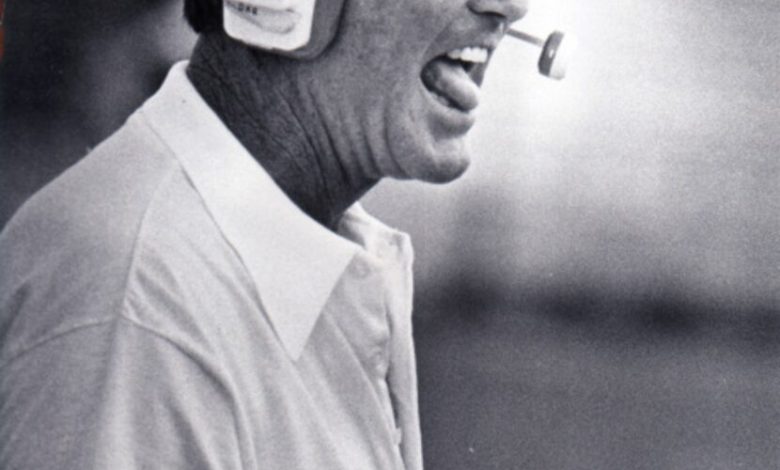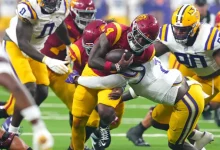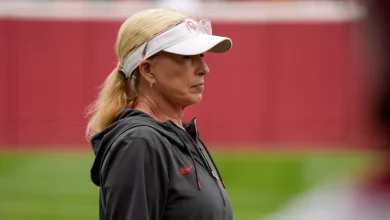Since 1957, Texas football has been led by coaches like Royal, Akers, Brown, Strong, Herman, and Sarkisian, shaping its legacy.

Since 1957, Texas football has been led by coaches like Royal, Akers, Brown, Strong, Herman, and Sarkisian, shaping its legacy.
The University of Texas at Austin’s football program is synonymous with tradition, success, and passionate fandom. Since 1957, the Texas Longhorns have been guided by a series of head coaches whose leadership not only defined the team’s competitive identity but also helped shape college football at large. From the legendary Darrell Royal era to the modern-day challenges under coaches like Tom Herman and Steve Sarkisian, Texas’ coaching history over the past six-plus decades offers a rich narrative of triumph, adaptation, and resilience.
## Darrell Royal Era (1957–1976): The Architect of Texas Football Excellence
When Darrell Royal took over as head coach in 1957, Texas football was at a crossroads. The program had experienced modest success but lacked a consistent national presence. Royal’s arrival marked the beginning of a transformational period that would elevate Texas into the college football elite.
Royal’s coaching philosophy emphasized a balanced attack and a powerful running game, famously adopting the wishbone offense in the late 1960s. This innovation revolutionized the sport, giving Texas a strategic edge that propelled the Longhorns to multiple conference championships and three national titles in 1963, 1969, and 1970.
Royal’s tenure was also notable for his leadership off the field. He was a pioneer in integrating college football in Texas, helping to break racial barriers within the program and the Southwest Conference. Under Royal, Texas consistently ranked among the nation’s best, and his name became synonymous with Longhorn football greatness.
His 20-year tenure concluded in 1976, leaving behind a legacy of 167 wins, three national championships, and a culture of winning that future coaches would strive to uphold.
## Fred Akers (1977–1986): Continuing Success Amidst Growing Competition
Following Royal’s retirement, Fred Akers was promoted from offensive coordinator to head coach. Akers inherited a strong program but faced the challenge of maintaining the high standards set by his predecessor amid increasing competition within the Southwest Conference.
Akers led the Longhorns to several successful seasons, including a memorable 11-1 campaign in 1977 and an undefeated regular season in 1983. However, despite consistent winning records and multiple bowl appearances, Akers never captured a national title during his tenure.
His teams were characterized by powerful offenses and a robust running game, though defensive struggles occasionally hampered championship runs. Akers compiled an overall record of 86-31-2 but was ultimately dismissed after a disappointing 1986 season, signaling the beginning of a transitional phase for Texas football.
## David McWilliams (1987–1991): The Transitional Years
David McWilliams took the helm in 1987 during a period of heightened expectations and pressure to return Texas to national prominence. McWilliams, a former Texas player and assistant coach, brought familiarity and enthusiasm but faced the daunting task of rebuilding the program.
While his teams showed flashes of competitiveness, including a memorable 10-1 regular season in 1990, McWilliams struggled with consistency. His overall record of 31-26 reflected the challenges of sustaining elite performance in a changing college football landscape.
Despite some notable victories and bowl appearances, McWilliams was unable to restore Texas to its former glory and resigned in 1991, paving the way for a new direction.
## John Mackovic (1992–1997): Mixed Results and Growing Discontent
John Mackovic’s arrival in 1992 was met with optimism, given his successful stints at other programs. Initially, Mackovic appeared to rejuvenate Texas football, guiding the Longhorns to bowl games and maintaining a winning record.
However, his tenure was marked by inconsistency on the field and increasing dissatisfaction off it. Conflicts with players and fans, coupled with a lack of sustained success against key rivals, eroded support.
Mackovic compiled a 35-25 record but was fired after the 1997 season following a particularly disappointing campaign. His era is often viewed as a period of missed opportunities and growing frustration within the Texas football community.
## Mack Brown (1998–2013): A Renaissance and National Championship
Mack Brown’s hiring in 1998 marked a turning point for Texas football, ushering in one of the most successful and stable eras in program history. Brown, known for his recruiting prowess and calm leadership, steadily rebuilt the Longhorns into a national powerhouse.
Under Brown’s guidance, Texas consistently finished in the top 10 nationally and was a perennial contender in the Big 12 Conference. His teams were known for dynamic offenses, featuring standout quarterbacks such as Vince Young and Colt McCoy.
The pinnacle of Brown’s tenure came in 2005 when Texas captured the national championship by defeating USC in a thrilling Rose Bowl, widely regarded as one of the greatest college football games ever played. This victory cemented Brown’s legacy and fulfilled the program’s quest for football supremacy.
Brown’s tenure lasted 16 seasons, compiling a 158-48 record and becoming the winningest coach in Texas history. His impact extended beyond wins and losses, as he restored pride and national relevance to the Longhorns.
## Charlie Strong (2014–2016): Rebuilding Amid Adversity
After Brown’s departure, Charlie Strong was hired to lead Texas into a new era. Strong, a defensive-minded coach with a history of success at Louisville, was tasked with rebuilding a program facing heightened expectations.
Strong’s tenure proved challenging. While he brought a strong emphasis on defense and player discipline, the team struggled to find consistent success on the field. Issues with recruiting, injuries, and program discipline impacted performance.
Despite efforts to lay a foundation for the future, Strong’s teams finished with losing records, and his tenure ended after three seasons. His departure signaled ongoing challenges in maintaining Texas’ elite status.
## Tom Herman (2017–2020): Renewed Optimism and High Expectations
Tom Herman arrived with a reputation as an innovative offensive coach and a track record of turning around programs. His tenure began with renewed optimism, aiming to restore Texas as a top contender in the SEC, which the Longhorns would join soon.
Herman’s teams showed promise, including a 10-4 record in 2018 and victories in major bowl games. However, inconsistency and key losses marred his tenure, and questions arose about recruiting and player development.
Despite some high points, Herman was unable to fully meet the program’s lofty expectations and was dismissed after the 2020 season, leaving Texas searching for a new direction.
## Steve Sarkisian (2021–Present): The Current Chapter
Steve Sarkisian took over in 2021, bringing experience from head coaching roles at Washington and Alabama. His hiring signaled a commitment to offensive innovation and cultural rebuilding.
Sarkisian has worked to improve Texas’ recruiting efforts, modernize the offense, and strengthen the team’s competitive edge. His tenure remains ongoing, with hopes of returning Texas to national prominence and contending for conference and national titles once again.
A Storied Legacy with Eyes on the Future
Since 1957, the Texas Longhorns football program has been shaped by a line of head coaches whose successes, challenges, and philosophies have woven the fabric of one of college football’s most iconic teams. From Darrell Royal’s championship dynasty to Mack Brown’s renaissance, and through periods of rebuilding under Strong, Herman, and Sarkisian, Texas continues to strive for excellence.
Each coach contributed uniquely to the program’s identity, facing changing competitive landscapes, evolving strategies, and the pressures of one of college football’s most passionate fan bases. As Texas moves forward, the lessons and legacies of these leaders will continue to influence its quest for sustained greatness on the national stage.









